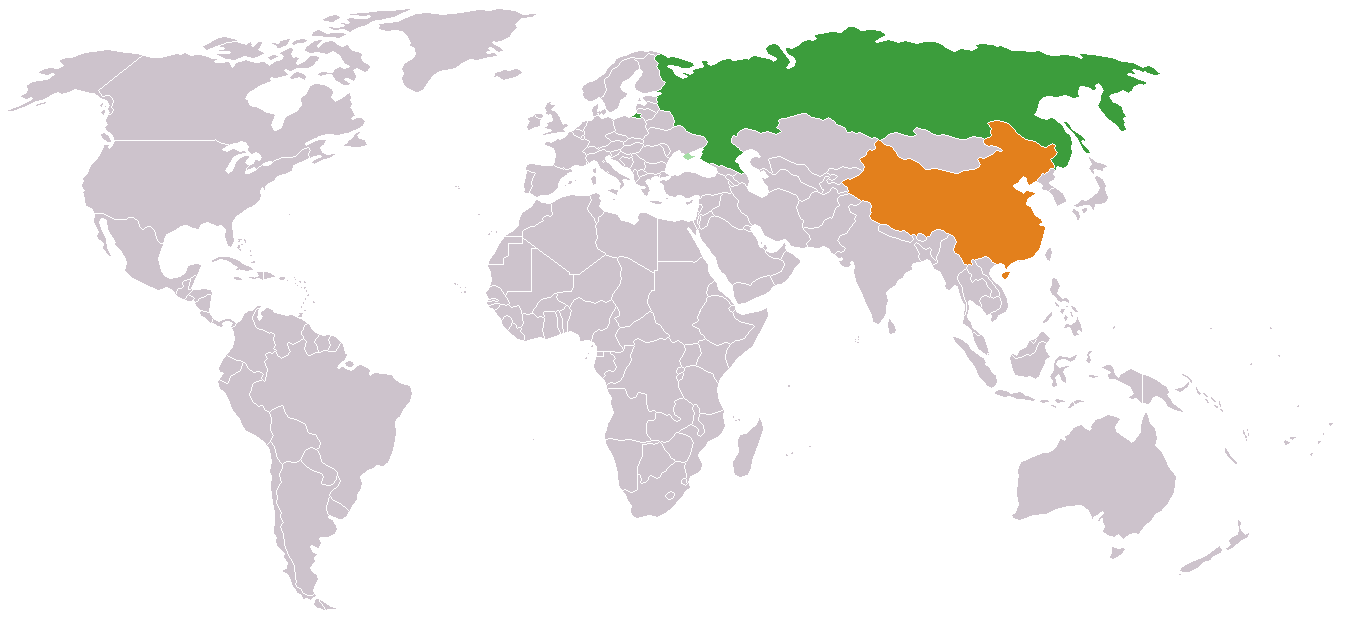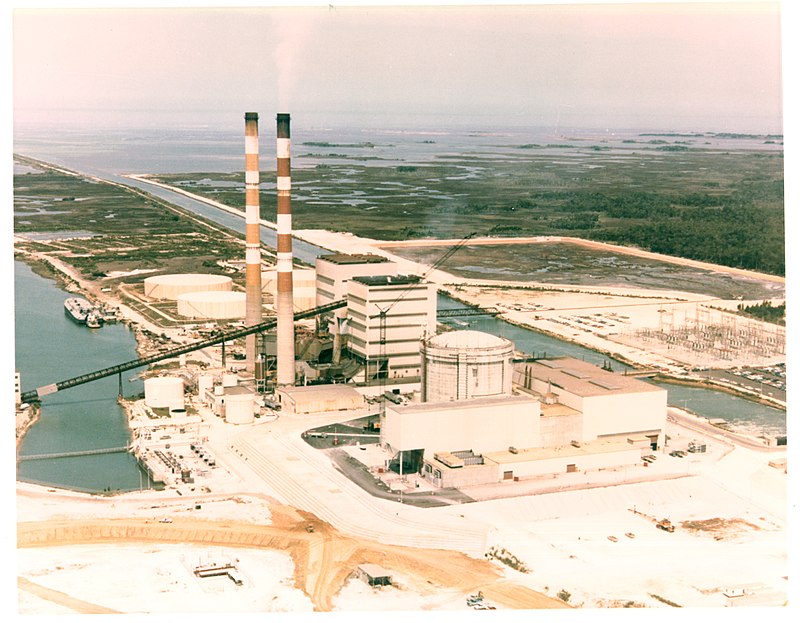The reactor core of Darlington 2 in Canada has now been rebuilt, owner and operator Ontario Power Generation (OPG) has announced, celebrating the installation of all its fuel channels. It is the first in a programme of ten reactor refurbishments. World-nuclear-news.org
Holtec International said Tuesday it aims to buy a fourth nuclear power plant that is on the verge of retirement, the Indian Point Energy Center in upstate New York. Exchangemonitor.com
State lawmakers are considering giving out roughly half-a-billion dollars a year in subsidies Pennsylvania’s nuclear power industry. So, how much would that cost you? Witf.org
The Legislature is considering a measure that outlines how North Dakota would respond if the federal government were to designate parts of the state as dumping sites for nuclear waste. Sfchronicle.com
Part 2 of 2 Parts (Please read Part 1 first)
The Seawolf-class submarines were designed to be stealthier, more heavily armed and able to match the speed and maneuverability of any adversary. As might be expected, these features did not come cheap. The initial cost estimate was thirty-three billion dollars to construct twelve of the new design. In 2018 dollars, the cost would be about five billion dollars per submarine which is three times the cost of one Los Angeles-class sub. It turned out that the HY-100 steel was prone to extensive weld-cracking problems which required massive reconstruction.
Soon after the construction of the Seawolf class of subs began, the Soviet Union fell apart. The Soviet subs were docked and rusting and the massive investment of the U.S. in new expensive powerful subs was called into question. The initial Seawolf-class order was reduced from twelve to three. The Seawolf, the Connecticut and the Jimmy Carter were launched between 1995 and 2004. All three of these new subs are based at the Kitsap-Bangor Naval Base in Washington State.
The Jimmy Carter was modified at an additional cost of more than eight hundred and eighty million dollars. It was made about a hundred feet longer. This was done in order to add a special Multi-Mission Platform which can carry divers or manned or unmanned underwater reconnaissance vehicles which can be deployed through special locks in the hull. The Jimmy Carter also has special thrusters that will allow it to maneuver precisely in dangerous shallow waters or ocean floors. And, finally, it carries special instruments that will allow it to tap undersea cables that carry the Internet and other long-distance communication travel.
The missions of the Jimmy Carter remain secret. It has received multiple unit citations for unreported reasons which indicate that it has been busy. It has been reported that the Jimmy Carter deployed an aerial drone to spy on North Korean coastal artillery.
All of the Seawolf-class subs activities have been kept secret. There have been very few pictures or articles relating to the new class of subs made available to the public. There have been reports that the subs have been traveling under the ice covering the Arctic Ocean. Some of these trips have been used to test special sonar and communication equipment. None of the Seawolf-class subs has been engaged in any combat operations.
The Virginia-class subs being built now are cheaper than the Seawolf-class at one billion eight hundred million dollars each. They do not have some of the bulk and specials fittings of the Seawolf-class, but they do make use of some of the advanced technology on the Seawolf-class. They have stealth pump water jets for propulsions. Some of the latest Virginia-class subs have vertical launch cells for rapid land-attacks.
The Seawolf-class may see its numbers rise as a new underwater arms races has risen between the U.S., Russia and China. China will soon have a bigger fleet but many of their subs are short range diesel subs and even their nuclear subs are much noisier than the Virginia and Seawolf-classes. Russia is developing enhanced successors to their Akula and Borei-classes of subs.







